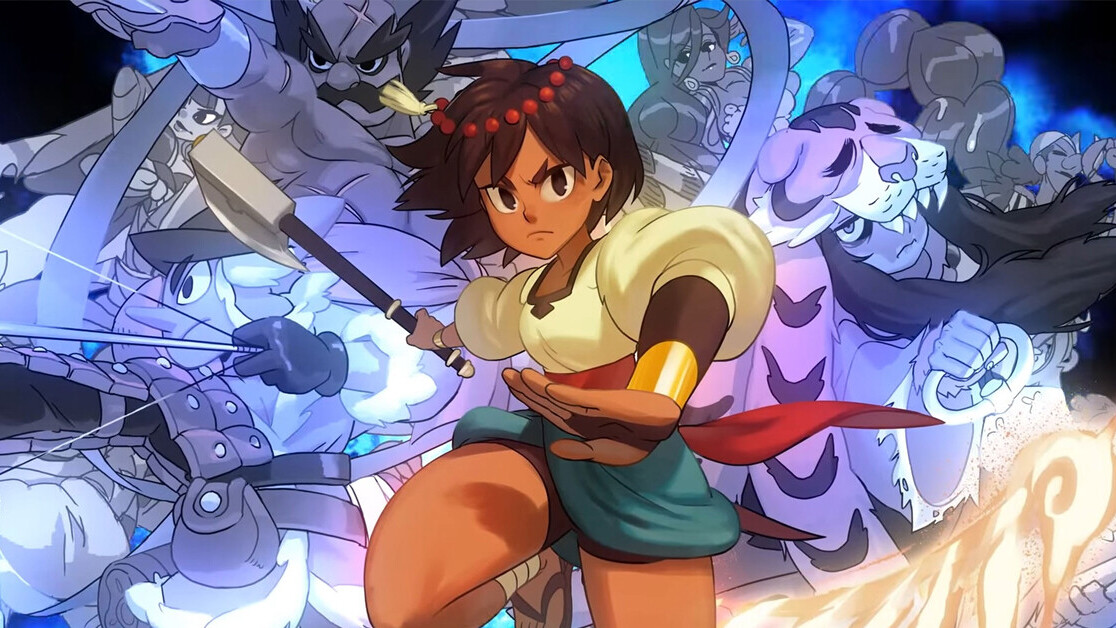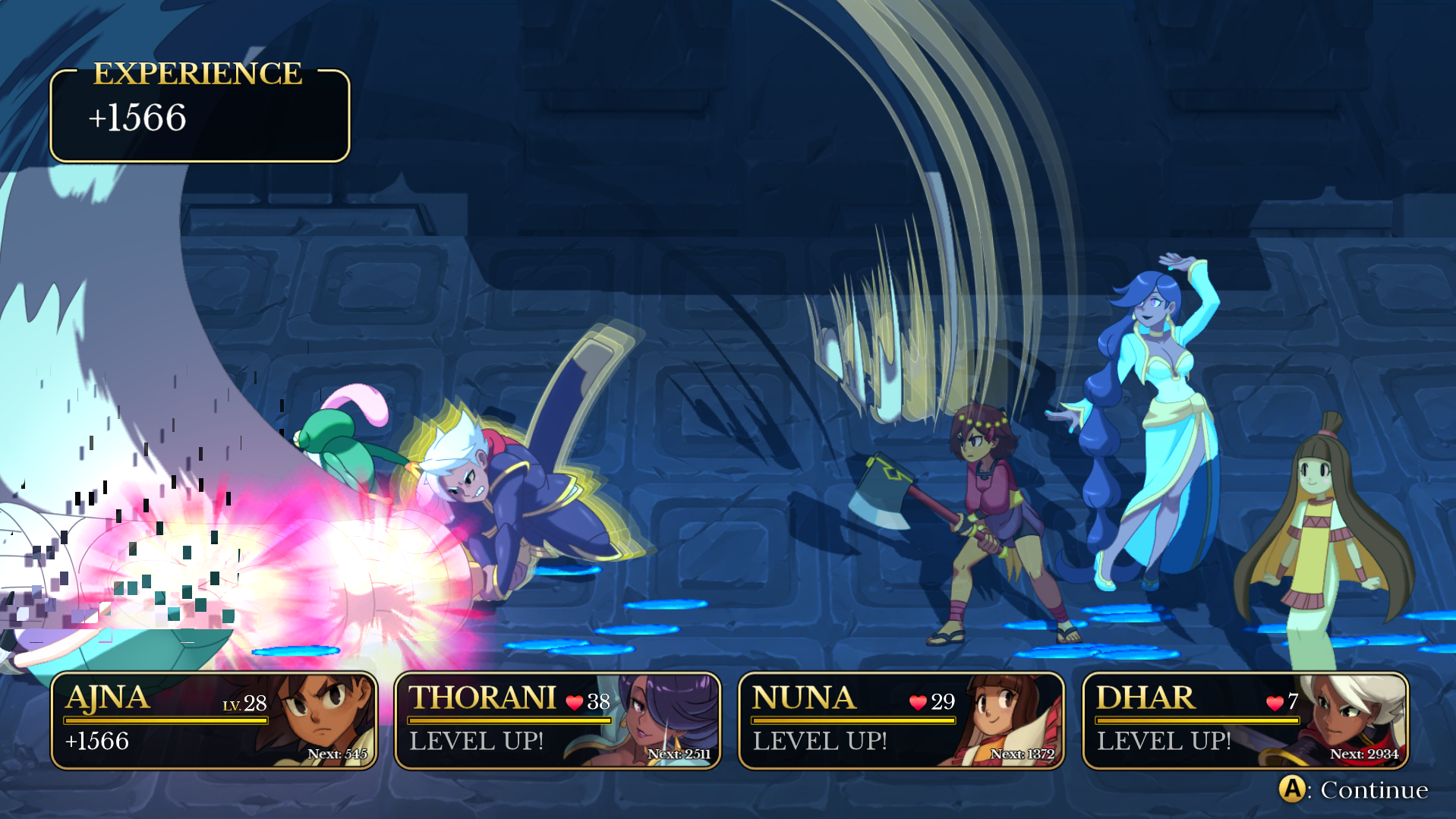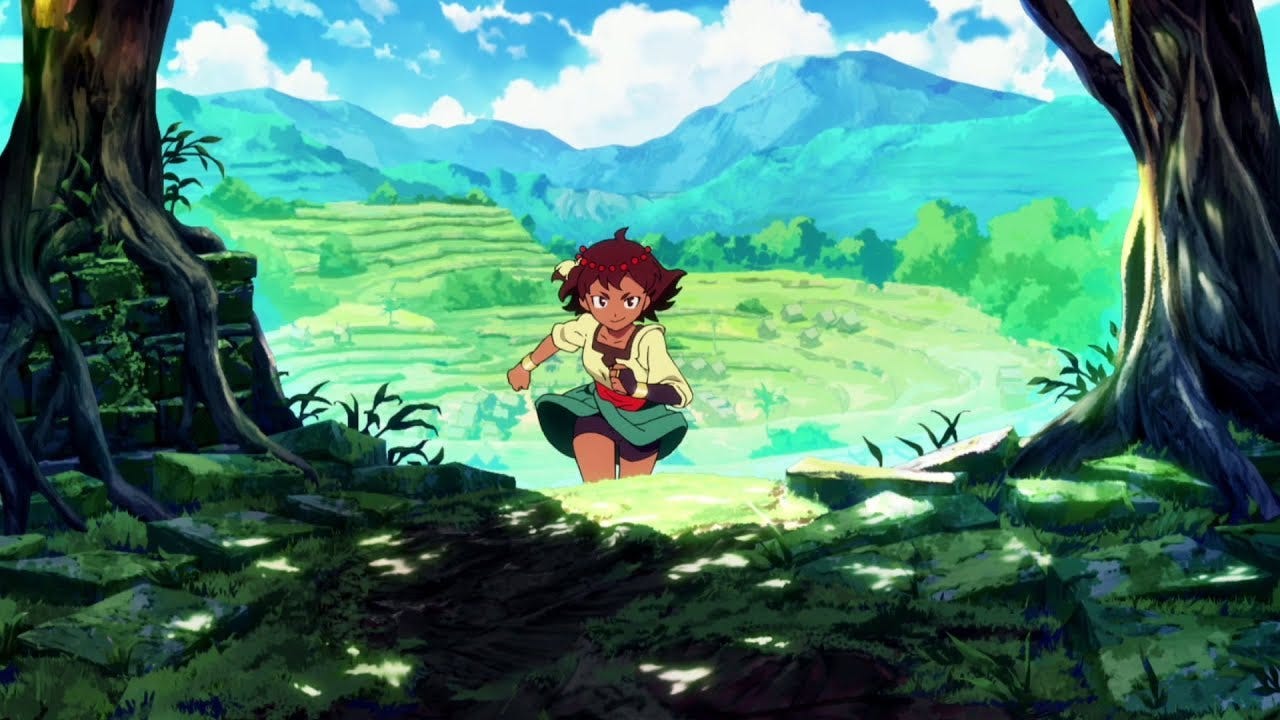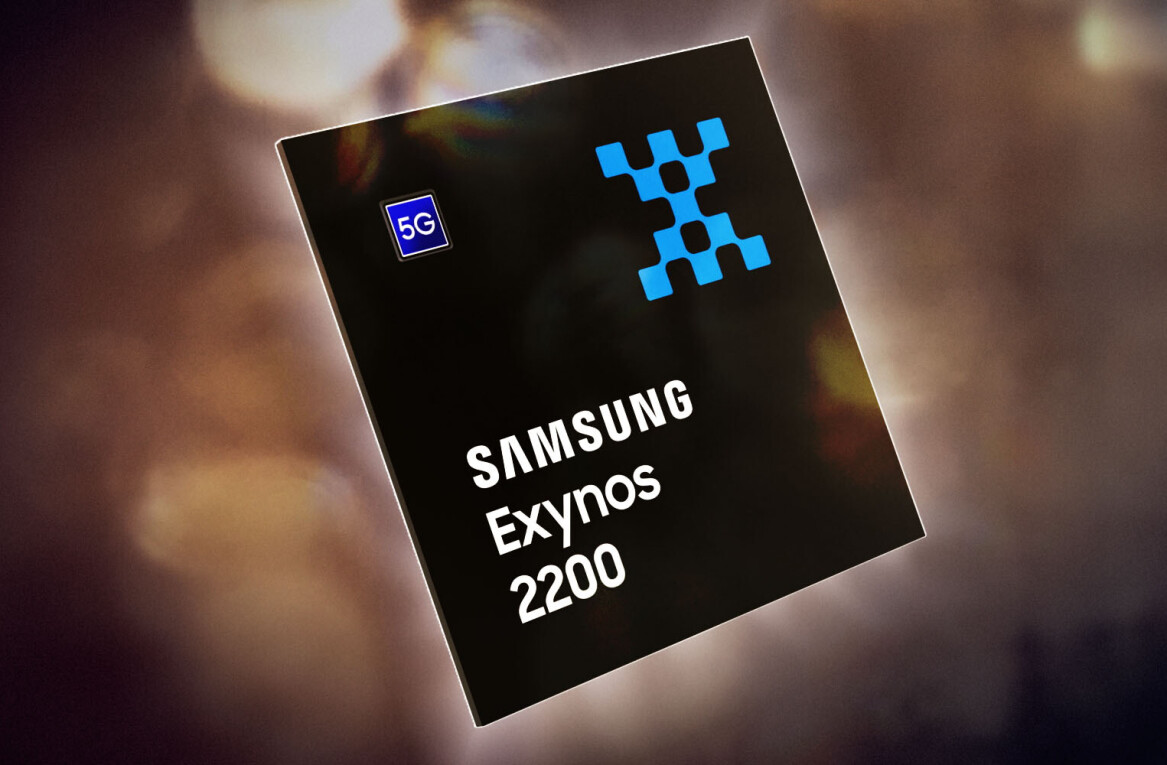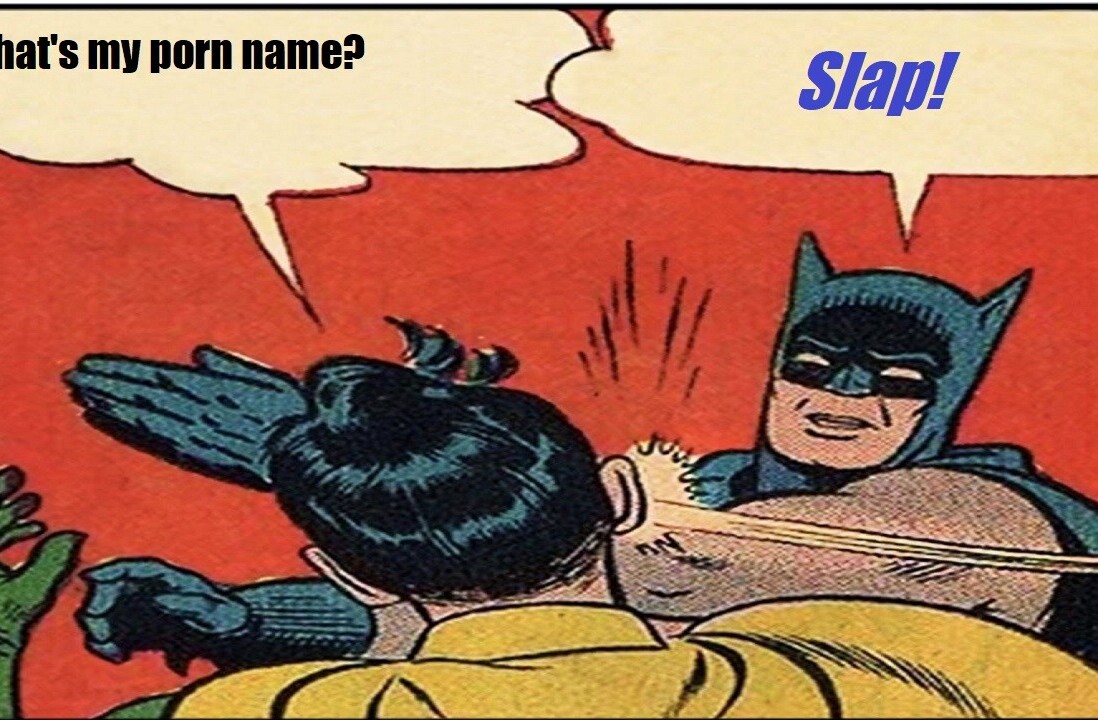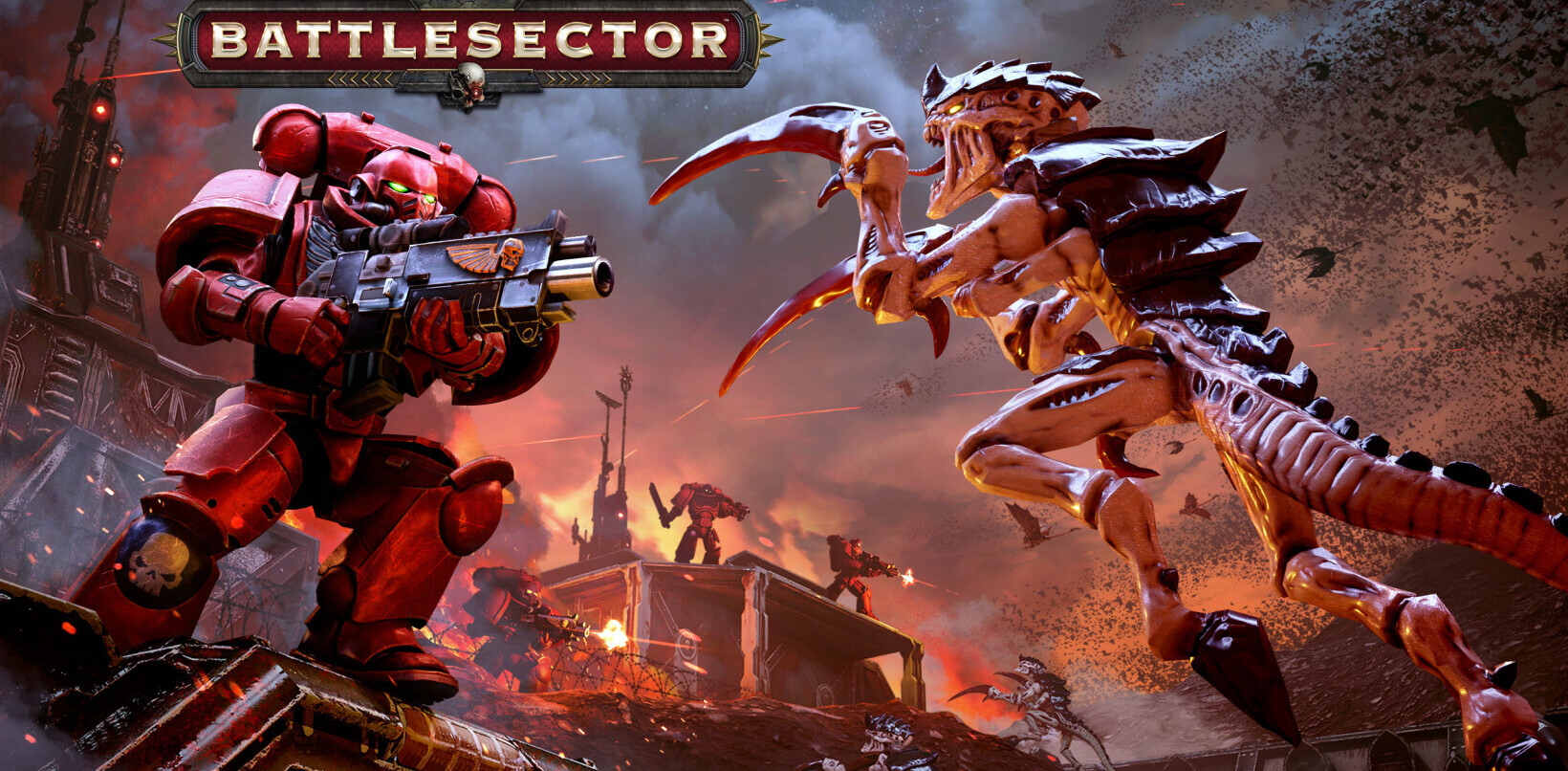One day in group chat, friends and I had a conversation around how we might help games to be more consistently — and regularly — diverse. Ultimately, we agreed that we should highlight and support titles that make true strides. I’m of the belief that if marginalized creators, critics, and consumers don’t constantly speak on changing the dominant culture of gaming it won’t happen. With that in mind, let’s examine Lab Zero Games’ recent RPG release Indivisible and look at how it fits into that conversation.
On October 8th, Indivisible was released to both positive receptions from players and professional critics. However, publications rarely took the time to highlight the game’s use of multiculturalism and/or how Indivisible just might be one of the most diverse games of 2019 — if not the most.
So, how does a game elevate itself beyond mere “representation PR spin” and instead become something genuine and earnest from start to finish? It takes a lot of work, from the most minute detail to the most grandiose messages sent to the player. To appreciate this feat we can study the characters, major locations, the game’s respective influences, as well as how they all work together.
Note: Light story spoilers will be present throughout this article.
Character
First, we have excellent use of characters and there’s no better example than Ajna herself. Our protagonist bodes well from a representation standpoint; starting with her seemingly simple design and name. In terms of design, the first thing we notice is that she’s a brown-skinned young woman (still a rarity for gaming protagonists). She’s also a capable fighter and takes charge, as any leader would. The prayer beads that rest on her head inform us that she’s influenced (to a degree) by her respective culture’s beliefs. Her clothing indicates that she isn’t Western/European influenced — as many RPG protagonists tend to be.
The power of character goes further with her name. Additional research reveals that Ajna’s namesake is representative of the title’s plot and themes. Ajna is the third-eye chakra in the Hindu tradition. It’s known to function like a muscle that gets stronger through training: meditation, spiritual practice and so on. It is the subconscious mind and it helps guide someone through the world. The ever-present importance of the Ajna permeates the game —even the logo.
Our protagonist’s power is made apparent right at the beginning of the game as she unwittingly absorbs someone into her mind. Afterward, she becomes a lightning rod to those who more or less work towards the greater good. Her subconscious (inner realm) grows and flourishes with the more comrades you recruit. At first, it appears to be a small island and then eventually a giant tree surrounded by floating islands. This reinforces that being better in body, mind, and spirit is paramount to saving the world.
Ajna certainly isn’t the first RPG lead to be influenced by religious themes and methodologies. She is, however, one of the few leads to be inspired heavily by non-Judeo Christian and otherwise Western concepts. Perhaps her real-world influence/inspiration is that of a southeast Asian background? Hinduism, which permeates much of her character, is one of the observed and practiced religions of the region.
The great level of detail in the construction of her character: name, design, cultural influences intertwining aren’t exclusive to her. The same can be applied to all major characters and villains. The most prevalent character influences lean on Hinduism, Buddhism, Islam, and other traditions.
Location
Aside from the characters, Lab Zero Games put forth the same level of care with the game’s respective locales. Every major city and area is based on real-world cities and regions. Let’s take a closer look at a few key areas.
First, we can study Tai Krung City, pictured above. The city is quite possibly a fictionalized Chinese town. The design and function of the housing have quite a striking resemblance. Buildings and structures in Tai Krung reach the height of skyscrapers. Thus, you’re constantly climbing above homes and businesses built upon each other to eventually reach a massive tower (the tower being both a literal and figurative show of power for the corruption that exists in the world).
From a narrative standpoint, any similarities with China appear to go beyond the surface aesthetic — including even possible references to a troubled past. Upon arrival, Ajna and company learn that one of the major problems the people face is drug addiction (one can’t help but notice this could be similar to China’s history with opium). Although I’m speaking of this in a general sense, it was a very serious issue. The harm in Tai Krung was also brought about by a dangerous outside element looking to take over. The suffering of the populace naturally, becomes a piece of the game’s larger plot.
I could be mistaken, but the region of Kaanul most certainly appears to take cues from Mesoamerica. First impressions include the impressive architecture we see upon our first visit. Players traverse what appears to be an inverted pyramid as they descend into the land. The NPCs and characters themselves share designs that are reminiscent of the indigenous cultures of the time.
Cultural kudos is also given to pok-ta-pok, the Mesoamerican ball game, via the characters Hunoch and Xiboch. Their values are reinforced further via the plant-controlling heroine Nuna. She herself serves as a reminder of the importance of agricultural life.
If we need a simpler example, we can look at the antagonistic Iron Kingdom, which could be an analogue for the UK. It sells its image with backgrounds consisting of many smokestacks, brick buildings, and high rising structures. There’s a strong royal presence via Queen Mary ruling with an iron fist (iron first, iron kingdom…heh).
Aesthetics
One of the most impressive aspects of Indivisible is the tone of the game overall; the experience is intrinsically spiritual yet it achieves this without heavy and obvious exposition to the player. This theme is played out in the most salient way through Anja’s growth as both a person and a leader — even if it is all much to her chagrin early on.
As her powers and duties grow she is advised to seek counsel and sage advice — if and/or when necessary. Much of this comes from the character/party member Thorani. She, more than anyone, speaks mostly to Ajna of her abilities, recognizing her faults, altruism, and so on. Also, Thorani isn’t a mere human, she’s quite literally a goddess. So her words and actions carry significant weight. Our leader is, after all, brash and never backs down, so of course, needs a support system to remind her to look before she leaps.
The pervasive themes of spirituality can be seen again with Ajna’s inner realm. It’s home to all incarnations (allies), combatant or otherwise. This small space will eventually blossom into a beautiful land where you can quite literally train and get stronger (defensively and offensively). At the outset, it wasn’t much to sneeze at, but in time, it serves as a visual reminder of what we can do.
Let’s not forget how and where we can save progress, too. Throughout the game we can find shrines; much like their real-world counterparts, they can be seen anywhere and everywhere. Shrines are not unique to any particular faith or belief, so it makes sense to see them in the Iron Kingdom as much as Tai Krung City. Their cultural significance to society is certainly something most people can recognize.
Each time you want to save, Ajna takes a prayer stance, and then we hear a very audible om. Om can be understood to be a cosmic sound; affirmation to something divine. It possesses many definitions, one of those being infinite language/infinite knowledge. Its a part of iconography for Hinduism, Buddhism, and Jainism. So, it’s a powerful acknowledgment of what influences the game and its heroine. It’s a literal cue of the game’s journey; the enrichment of everyone in body, mind, and spirit.
As I examine key elements of the game, I would be remiss to not mention the obvious; I’m providing very general ideas and thoughts here. The development team thoroughly studied a myriad of religions, cultures, and spiritual themes. Here, I would like to take a step back and appreciate the sheer amount of work that was clearly involved. To be able to leverage these complexities — with their deep and fascinating histories — is nothing short of admirable. Keep in mind, the team took concepts that have existed for eons and translated them into a work of fiction.
Challenging dominant culture
Thus far, you may be wondering why is everything I’ve drawn attention to important? Simply put, it challenges the dominant culture of games. Dominant Culture refers to what is perceived to be “the norm” by the majority.
Indivisible does this in an abundance of ways. The most effective way this is accomplished is again with its characters. Most of Ajna’s allies/advisers/guides in the game are women, femmes, and non-binary people. This is never questioned or needs to be explained. Like in real life, we have these leaders because they are capable and inspire others to do the same. On that same note, how many games have released this year that can claim the same?
During her EGX 2019 panel, Jay-Ann Lopez, founder of Black Girl Gamers spoke about the dominant gaming culture. One key theme in her important talk was that to influence dominant culture we need authentic representation. Naturally, this includes the full spectrum of experiences: race, gender, identity, and so forth. The inclusion of these experiences into gaming content may allow games to become as diverse as TV and film have increasingly been in recent years.
Let’s for a moment focus on the question of authenticity; this is how Lab Zero was able to provide a game where marginalized experiences are commonplace. When we see queer comrades in the game, for example, their existence is very much a natural part of the world without feeling shoehorned in some explicit way. It’s not just these comrades, either: multiple random NPCs you speak to exhibit similarly diverse backgrounds. The point here is that we aren’t just talking about one or two people — marginalized individuals make up a natural part of the overall world and are recognized at large. For this reason, I never detected a hint of tokenism throughout the experience.
The same can also be said about how Indivisible recognizes body positivity. How many games allow you to work with characters like Phoebe, Tungar, Ginseng, and Honey? How many even feature disabled heroines like Yan? The answer is very few. What’s important is that this game was able to include them and they are most certainly seen by everyone, as any human being deserves.
The How
By now, everything I’ve written here makes Indivisible seem like a rarity in gaming. One wonders, then, how a game starring a brown-skinned multicultural heroine and her diverse compatriots is able to exist at all? How did such a progressive title emerge?
The simple answer is that developer Lab Zero Games had full creative control. They were able to collaborate and make their vision a reality on their own terms. Back in 2015, they launched a successful crowdfunding campaign. Soon thereafter they partnered with publisher 505 games. Then and now, the message was the same; they wanted to deliver an experience that only they could provide.
I vaguely recall their decision to chose the route of crowdfunding. If they were to pitch their idea to publishers, changes would’ve been made. So what does that mean? Well, Ajna, probably wouldn’t have been brown or a young woman. Most allies may instead have been men. Most characters probably wouldn’t be a shade of black or brown. I could go on and on.
“I want to love Indivisible unconditionally; it has so many great pieces, and it’s a special thing to feel seen. I’m happy to have a game that’s distinctly Southeast Asian, giving some earnest representation to a part of the world I belong to and one I’m even more curious about now.”
Sure, I’m making bold assumptions here. However, the point I making proves itself when you try to think of the obvious. How many high profile games have released in 2019 with non-white protagonists? How many with a large number of people who are visibly black and brown as allies? How many that aren’t heavily influenced by Western aesthetics?
Perhaps one of the major answers to having better representation in games is to allow creators to have creative control. If they are allowed to fully create games that are truly representative of the world, then greater diversity may be achieved without pernicious tokenism. The problem here, however, is that Lab Zero still needed to crowdfund this game. Crowdfunding success, unfortunately, doesn’t happen for everyone that tries.
To be fair, games are getting a little better with having fully fleshed out marginalized game characters. But from titles like, say, Overwatch, single-player games seem to mostly just checkboxes off (a minority here or there, the main character might be queer, and so forth). Placing these diverse characters in starring roles — where they are really allowed to breathe and be explored holistically — is still definitely not the norm. Given this context, Indivisible stands out even more.
In Closing
If you take a look at my games writing, there’s no hiding of the fact I highlight diverse and inclusive works. Earlier, I mentioned that to help the conversation around improved representation, we have to regularly speak about it. Indivisible, in my view, does a great job and manages to stand out from the pack. You’re going on a journey with a young woman and her comrades that look like you and I (alternatively, you’re walking in the shoes of a character who is very different than yourself, and may, therefore, illuminate a significantly different experience than your own).
As a minority, it’s often frustrating to not see regular coverage of this nature. I’m fully aware this isn’t important or popular for certain demographics. However, this is/will always be a great matter of significance for those that are marginalized. It’s crucial to recognize the work Lab Zero Games has achieved here.
It might sound pretentious to say there’s a bar for games in regards to being diverse and inclusive. Whatever that proverbial bar is, Indivisible has set it. Everyone else needs to take note of what their games should look like to be able to say the same.
Get the TNW newsletter
Get the most important tech news in your inbox each week.
